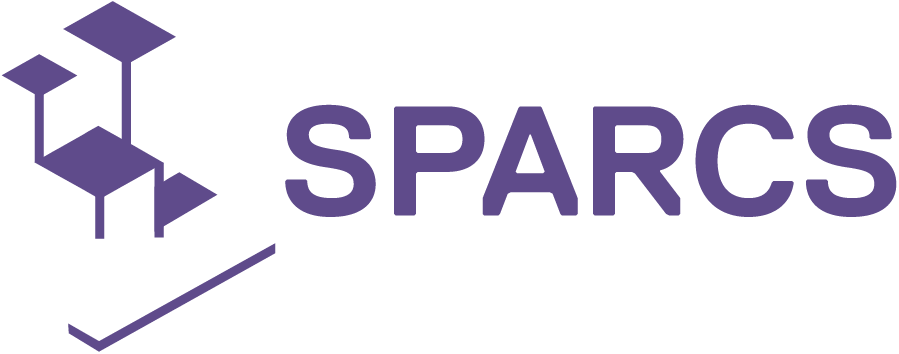D3.6 Optimizing People Flow and User Experience for Energy Positive Districts
SPARCS is an EU Horizon 2020 funded project that focuses on developing solutions and services for future positive energy districts (PED), while reaching the development goals of sustainable Espoo, and achieving the global SDGs by 2025 (Figure 1).

Figure 1: This deliverable focuses especially on 8, 9, 10, 11, 12, 13, and 17 SDGs’.(Source: United Nations)
The deliverable D3.6 Optimizing people flow and user experience for energy positive districts is the final report for the task T3.6 Community engagement, with input from tasks T3.5 Planning of Energy Positive Districts, and T3.8 Smart Business Models. The purpose of this final report is to present the demonstrated community engagement, people flow, and user experience actions in Espoo in detail. Another purpose is to evaluate the added value and replicability potential of demonstrated methodologies and actions in Espoo. The goal is to provide SPARCS fellow cities, as well as other cities, ideas, and knowledge for replicating diverse methods and concepts in their local environment and ultimately to support European cities in transforming into Sustainable energy Positive & zero cARbon CommunitieS.
The actions have followed a community engagement approach, which has guided the methodology of the project. In this report first, we present utilized community engagement activities by describing the engagement process and related goals. Second, we present the summarized outcomes of the community engagement activities in Espoo, Finland. These include insights as well as results of the user studies, co-design workshops, and design sprints. First, we present behavioural insights of Espoo citizens’ sustainable urban mobility behaviours and related needs and challenges. Second, we present eight sustainable mobility concepts co-designed with citizens based on the presented behavioural insights. Third, we present results from the Sports community mobility pilot that together with the eight concepts feeds into the sustainable business model cocreation results, as two of the concepts were further developed into business model concepts. Finally, we summarize results from diverse citizen engagement events and conclude with a holistic co-creation model for smart city development in multistakeholder collaboration. In the end of the report, we discuss selected community engagement methods and activities, and evaluate the replicability potential of them and the community engagement approach in general.

